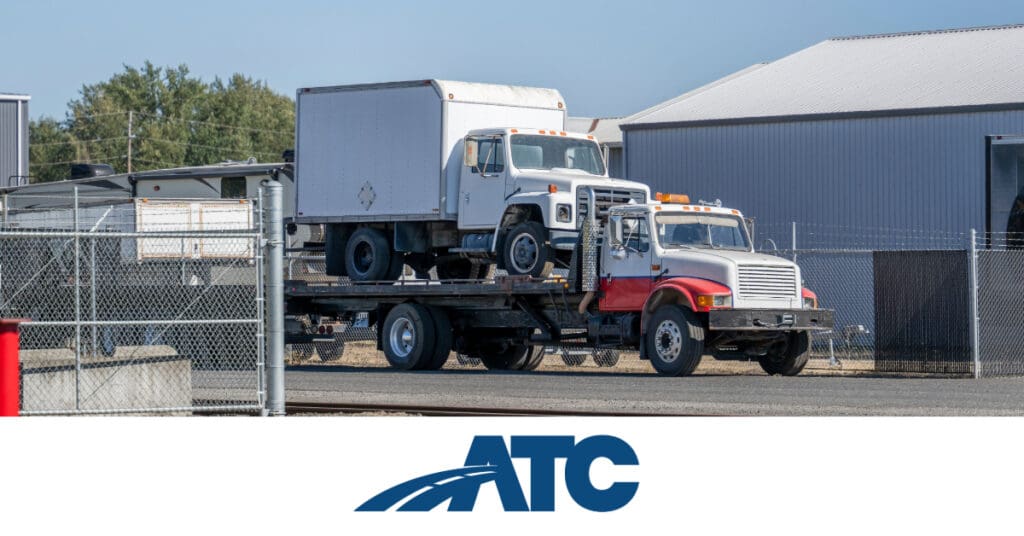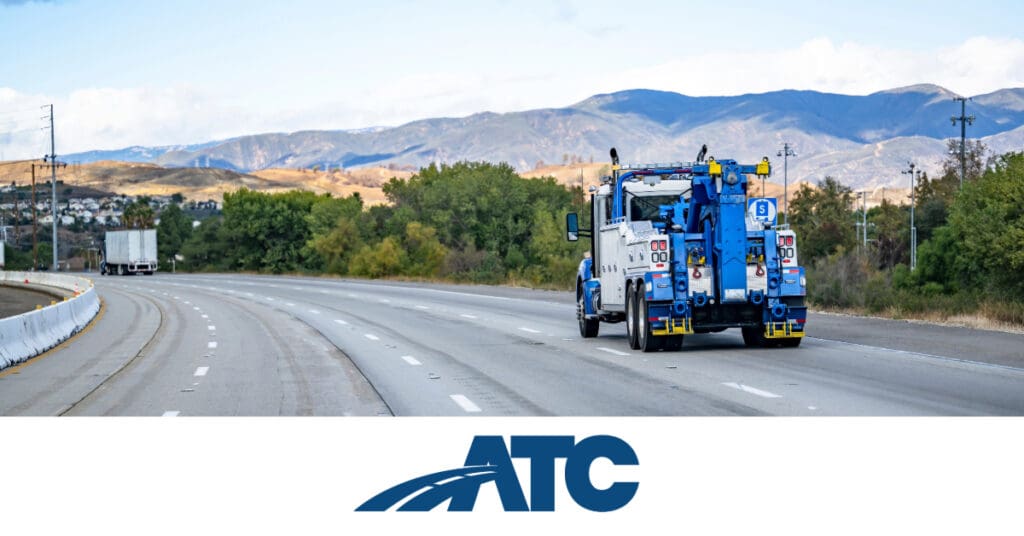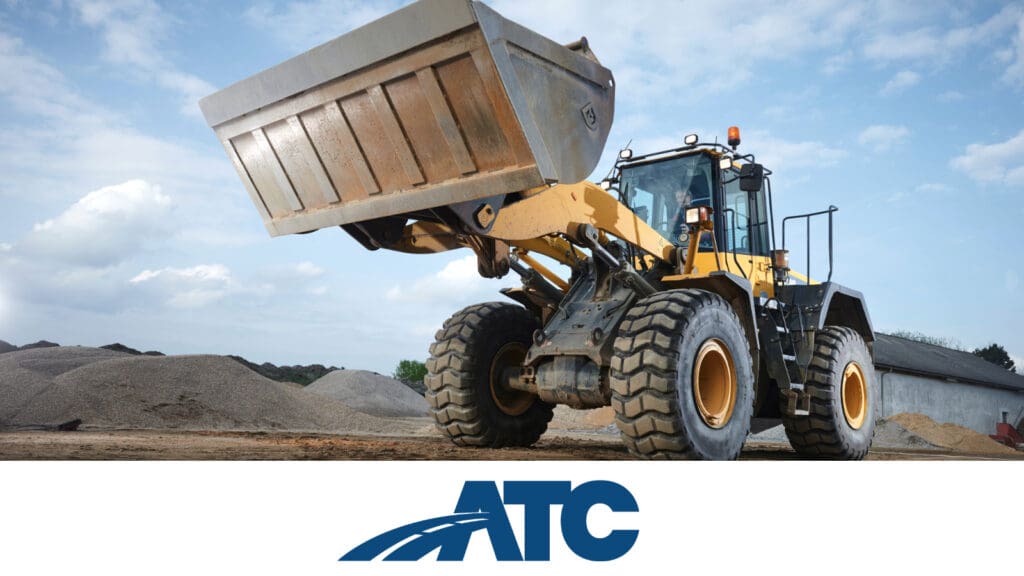Rear underride crashes continue to be a grave concern on our nation’s roadways, and a new June ruling by the National Highway Traffic Safety Administration (NHTSA) is intending to decrease some disturbing accident statistics.
Rear underride guards are steel bars that hang from the backs of large trucks or trailers. They are designed to prevent a vehicle from moving underneath the big rig in the event of a crash.
In 2019, over 20% of passengers were killed when rear underride crashes involved a large truck. The new underride ruling will require that trailers and semi-trailers must now contain rear impact guards that will protect vehicle passengers. Rear underride guards are steel bars that hang from the backs of large trucks or trailers and are designed to prevent a vehicle from moving underneath the big rig in the event of a crash. The guards must have sufficient strength and energy absorption to guard against fatalities of passenger vehicles, created to protect passengers travelling over 35 mph. The NHTSA is also requiring updated protection where 50% of a vehicle overlaps the rear of the tractor-trailer.
The new ruling brings some expected contention, as there is a cost involved to trucking companies. In addition, opposition states that the law is unnecessary, stating that 94% of trucks already contain an under-ride carriage protection that is effective. In fact, since 2017 the Insurance Institute of Highway Safety Administration (IIHSA) has been presenting the TOUGHGUARD Award to those companies that carry exceptional rear underride guards. (Click here for a list of those companies.)
In the meantime, the NHTSA has indicated it plans to report the findings of research and data collection on side underride guards and will publish an advance notice of proposed rulemaking to consider requirements for those like the new ruling for rear underride guards.
ATC encourages its drivers to take all precautions to maintain their safety and the safety of passengers in other vehicles! Although there tends to be some disagreement on how to legislate this, all are in agreement that one death on the road is one too many.










